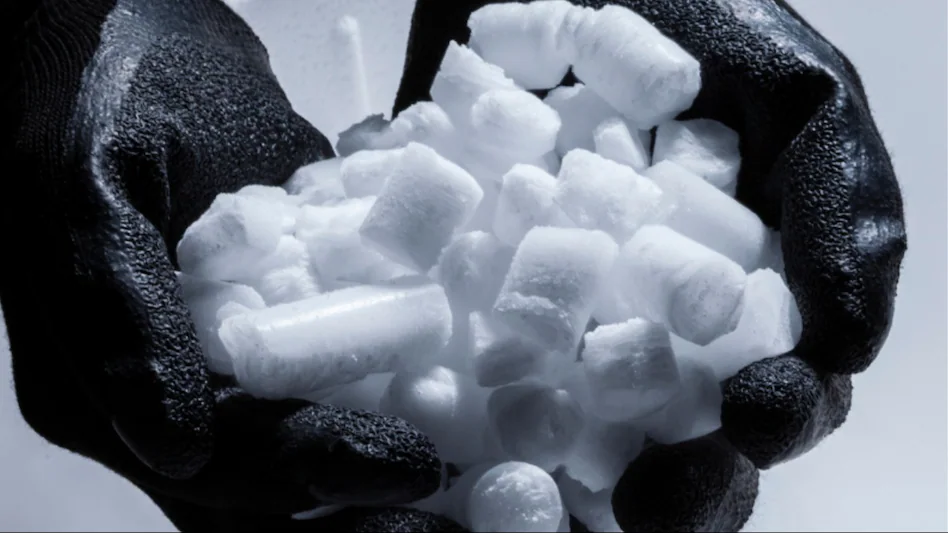In response to a recent incident at a Gurugram restaurant, where diners suffered severe health complications after mistakenly ingesting dry ice, the Food Safety and Standards Authority of India (FSSAI), the United States Food and Drug Administration (FDA), and the Centers for Disease Control and Prevention (CDC) have issued warnings against the unsafe handling or consumption of dry ice. Dry ice, the solid form of carbon dioxide commonly used as a cooling agent in ice cream and frozen desserts, is deemed a lethal substance by these regulatory bodies.
According to the FSSAI, dry ice must never be touched with bare hands and should not be ingested under any circumstances. The agency highlights the risk of sublimation, where dry ice transforms into large quantities of carbon dioxide gas, leading to potential breathlessness or hypercapnia. It emphasizes the importance of proper ventilation when using dry ice and advises against storing or transporting it in closed environments that may increase the risk of carbon dioxide gas emission.
The incident at the Gurugram restaurant serves as a stark reminder of the dangers associated with mishandling dry ice. The regulatory agencies stress the need for strict adherence to safety guidelines to prevent similar incidents in the future. The FSSAI further notes that dry ice should only be used in well-ventilated areas and that precautions must be taken to avoid any health risks associated with its handling.
In light of the incident, the FSSAI, FDA, and CDC urge food establishments and individuals to exercise caution when using dry ice and to ensure compliance with safety protocols at all times. Failure to do so may result in severe health consequences, as demonstrated by the unfortunate incident in Gurugram.






